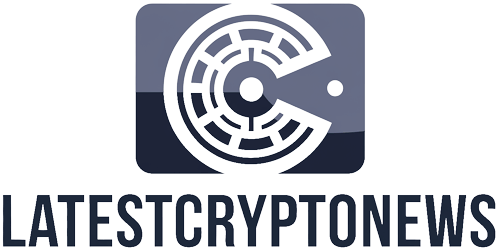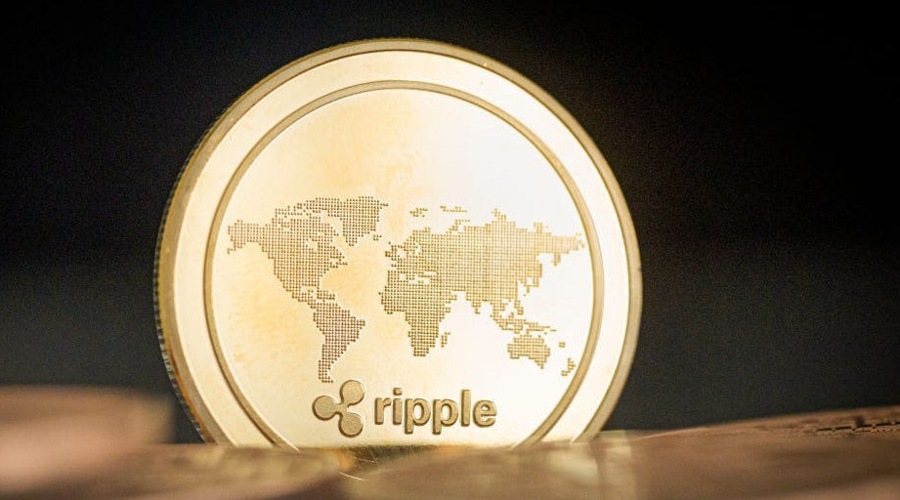Major financial institutions are increasingly testing
digital assets, including XRP, to improve cross-border payments. A recent
report by Mastercard, titled “Blockchain Technology Fuels New Remittances
Business Cases,” highlights several examples of blockchain applications in
remittance systems.
Speculation has resurfaced around a possible
integration of Ripple’s XRP with SWIFT, the global messaging network for
cross-border transactions. Previous reports have indicated that banks have
tested XRP’s compatibility with SWIFT. If confirmed, such a partnership could
significantly boost XRP adoption among global financial institutions.
SBI Remit Uses XRP for Transfers
The report also mentions SBI Remit, a Japanese money
transfer service that uses XRP as a bridge currency. It places SBI alongside
earlier examples such as MoneyGram and Stellar, suggesting a broader trend of
using cryptocurrencies to cut costs and speed up cross-border transactions.
Ripple, the company behind XRP, has long positioned the
token as a bridge asset for converting one fiat currency to another. This
approach eliminates the need for pre-funded accounts in multiple currencies and
aims to enhance liquidity in regions underserved by traditional banking
systems.
You may find it interesting at FinanceMagnates.com: Breaking:
Ripple Acquires Hidden Road for $1.25 Billion, Becomes First Crypto Company
with Multi-Asset Prime Broker.
Leaked Mastercard Doc Names XRP as Bridge Currency! (Breaking News) pic.twitter.com/vsNR2jyDD1
— Crypto Daily Trade Signals (@cryptodailyTS) May 2, 2025
Ripple Joins BIS Task Force on Payments
Mastercard’s reference to Ripple and XRP adds credibility to
the token’s role in remittances. It signals that mainstream payment firms are
now taking a closer look at blockchain infrastructure. The inclusion gives
Ripple added visibility in the financial ecosystem.
SBI Remit’s ongoing use of XRP in Asia further illustrates
how digital assets are being integrated into real-world payment systems. The
Mastercard report underscores that blockchain solutions are being evaluated
across regions and technologies.
In parallel, the Federal Reserve and international
organizations like the Bank for International Settlements (BIS) are also
exploring ways to enhance cross-border payments. Ripple is reportedly
participating in a BIS task force focused on reducing costs and improving
interoperability.
Ripple Advances in Cross-Border Payments, DeFi, and
Strategic Partnerships
Recently, Ripple has attracted attention due to several
notable developments. Michael Saylor, Executive Chairman of Strategy, discussed
the inclusion of cryptocurrencies like Bitcoin, Ethereum, XRP, Solana, and
Cardano in US strategic reserves following President Trump’s executive
order. Saylor proposed that XRP should be subject to regulation.
On January 6, Ripple’s
CEO Garlinghouse and CLO Alderoty met with President Trump, fuelling
speculation regarding the SEC’s 2020 lawsuit concerning XRP’s status as an
unregistered security.
Great dinner last night with @realDonaldTrump & @s_alderoty. Strong start to 2025! pic.twitter.com/UjM6lahUG4
— Brad Garlinghouse (@bgarlinghouse) January 8, 2025
Ripple
has expanded its partnerships with Revolut and Zero Hash, aiming to compete
with USDT and USDC. In Portugal, Ripple has partnered with Unicâmbio to enable
instant payments between Portugal and Brazil using digital assets.
🚨 New partner alert: Ripple USD – a trusted, transparent, and regulated stablecoin built for payments – is now available for trading on @ZeroHashX and @RevolutApp!Get $RLUSD: https://t.co/jrEiNBWKgN pic.twitter.com/36q5OU5xfa
— Ripple (@Ripple) February 5, 2025
In South Korea, BDACS
plans to use Ripple Custody for securing XRP and RLUSD. Ripple also donated
$100,000 in XRP for California wildfire relief. The company anticipates that
Japanese banks will adopt the XRP Ledger by 2025 for cross-border payments.
In the DeFi space, Ripple has teamed up with Chainlink to
integrate RLUSD into Ethereum platforms. Investor interest in XRP remains
strong, with whales
acquiring 520 million tokens during a recent price dip.
This article was written by Tareq Sikder at www.financemagnates.com.
Source link


